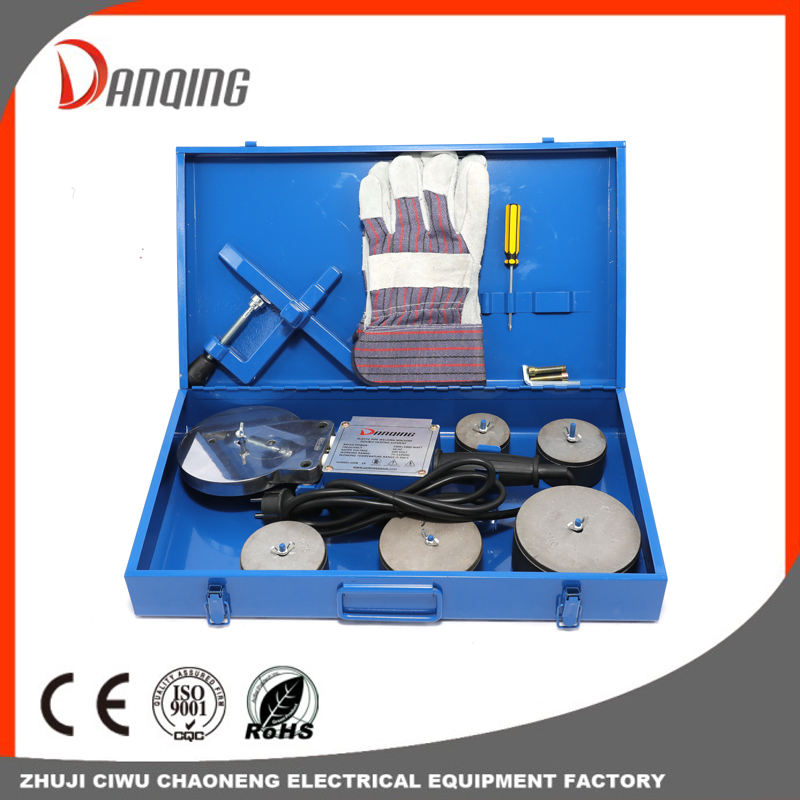different processes for different pipe grades
Pipe welding and manufacturing: different processes for […]
Pipe welding and manufacturing: different processes for different pipe grades
Welding is an incredibly professional and exciting field. Welders do their best to ensure that their welding is secure and reliable. Welders are trained to understand the most important content in welding and pipe manufacturing: different grades of pipes require different processes. Welders need to understand several different welding processes in order to complete the work in the best and safest way. Let's look at some important things.
Arc welding or bar welding is usually the first type of welding that people study because it is the most basic. Arc welding usually consists of a power source that generates an arc for welding. Basic arc welding requires a welding machine and a welding torch with electrodes. There is also a metal wire fed through the gun. The wire is heated until it melts. The molten metal is then applied to the pipe joint to create a weld. The current can be AC or DC. There are also several types of electrodes that are very suitable for various types of welding.
This welding is very suitable for any type of domestic metal processing. It is also used in manufacturing, repair and construction. This process is very suitable for heavy metals. This is particularly advantageous for welding cast iron, which is known to be difficult to weld correctly.

Inert gas shielded welding
This is the most common type of arc welding. Inert gas welding (sometimes called MIG welding) is a form of arc welding that is ideal for mild steel, stainless steel and aluminum. This process involves feeding the wire through the wire electrode in the welding gun. This is the fastest form of welding because it does not require mixed gas. In fact, it is so fast that the robot can do it. All that is required for this type of welding is a suitable welding machine, a little welding wire and a welding torch. You must follow the instructions below to properly operate the welder and ensure that it is grounded.
Of course, you also need appropriate safety equipment. Welding without protective equipment is not only unreasonable, but also very dangerous. When welding, always wear gloves, long-sleeved sleeves, closed-toe shoes and a welding cap. The last thing anyone wants is eye burns or metal fragments. Smart welding is safe welding.
Tungsten inert gas
This is a more experienced form of arc welding. Tungsten inert gas shielded welding (TIG) is very similar to metal inert gas arc welding. However, instead of tungsten wire welding, TIG welding uses tungsten electrodes to generate the arc required for proper welding. Argon arc welding produces clean welds, usually without cleaning or grinding to make the weld look more professional and attractive
This process is very useful for many metals, including alloys. This means that it can be used more than MIG welding. Since both are common, these two processes are considered the foundation of any welder's knowledge. However, it is important to note that different types of metals require different types of tungsten electrodes. Knowing the metal to be welded is a key part in choosing the required equipment.
Oxyacetylene welding and cutting
This is the only welding type on the list that does not provide an arc for welding. This process requires the use of two gases, acetylene and oxygen, to produce a flame sufficient to melt the steel. Apply flame to the steel you weld, which will form a long weld. If necessary, a filler rod can be added to the welding zone. Different from the previous process, this welding can be done without using a welding machine, it only needs to connect the welding torch to the oxygen bottle and the acetylene bottle through the gas pipe and the regulator. The trachea is specifically designed for this type of welding and should not be ignored. It also requires friction lighters to provide sparks to ignite the flashlight. This process does not require electricity, so some people think it is more convenient and transportable than other types of welding.
The acetylene oxygen welding process is very suitable for welding steel and aluminum, as well as brazing copper, bronze and other soft metals. This process is mainly used for metal maintenance and cutting. This is particularly useful for welding small and brittle parts.
Welding requires special knowledge and incredible dedication. It also needs to understand the most important concepts of pipeline welding and manufacturing: different processes for different pipeline grades. STI Group carefully selects the best weld

